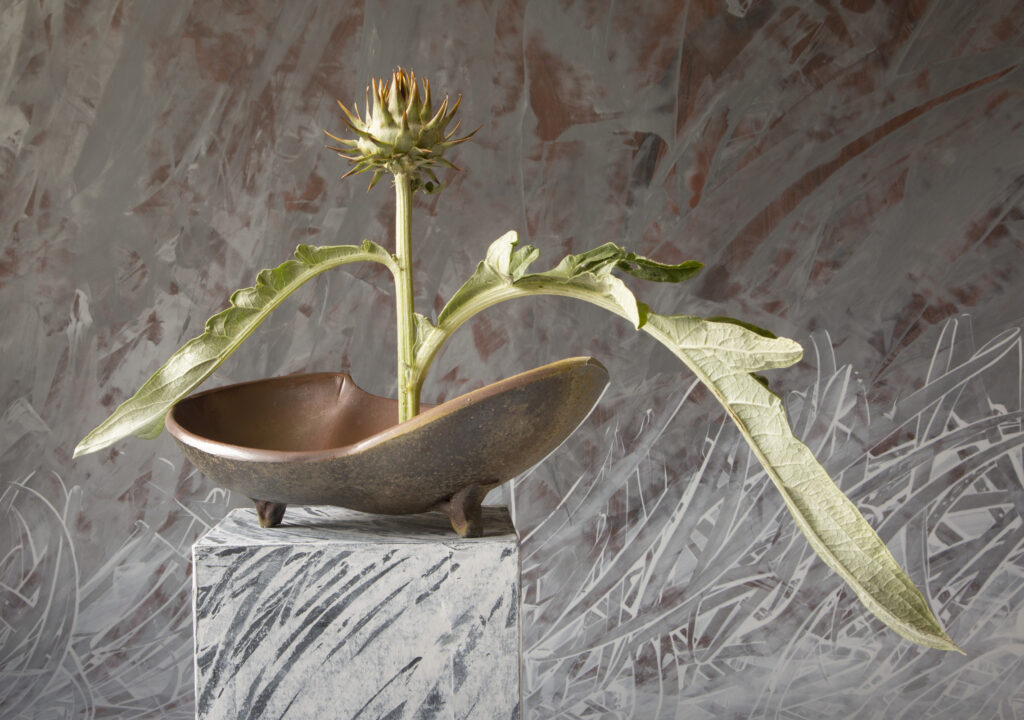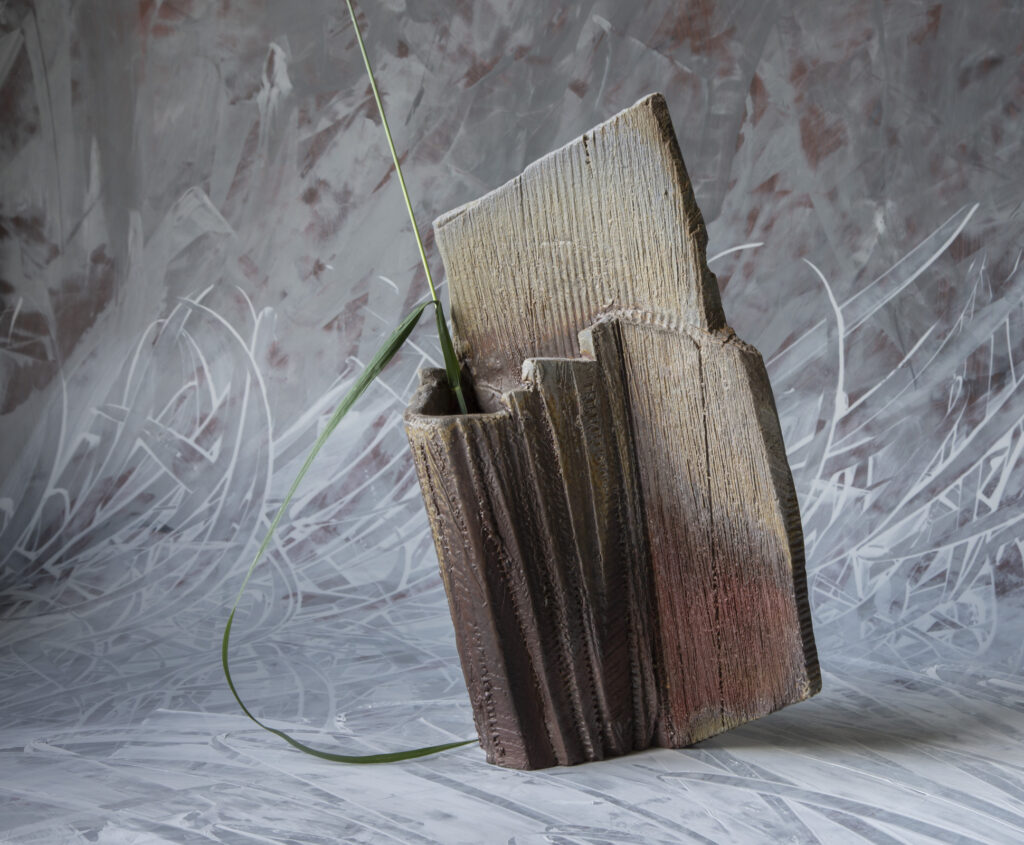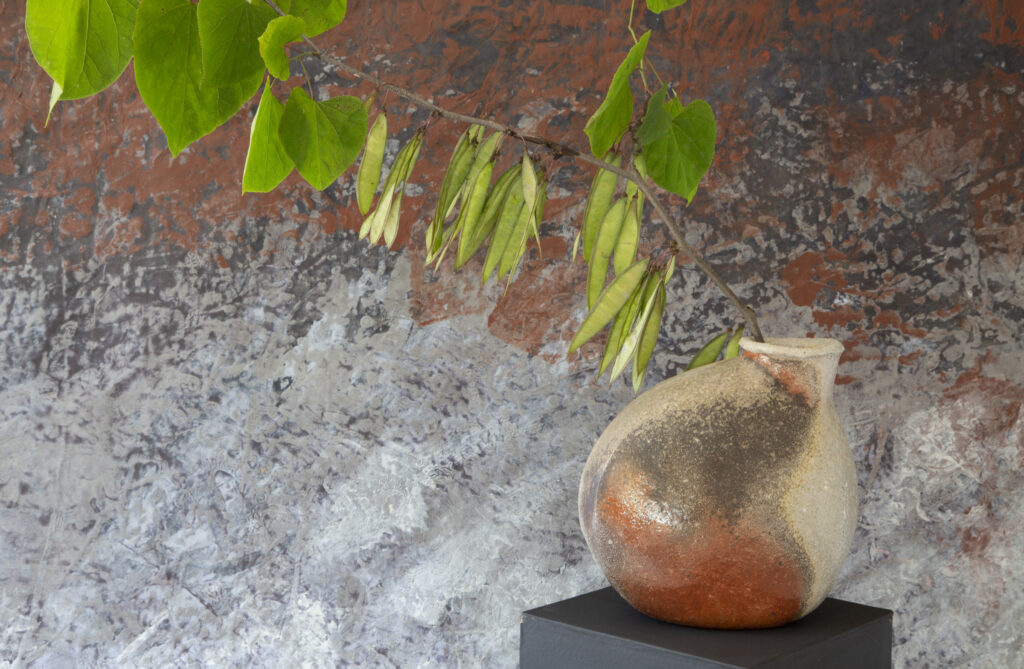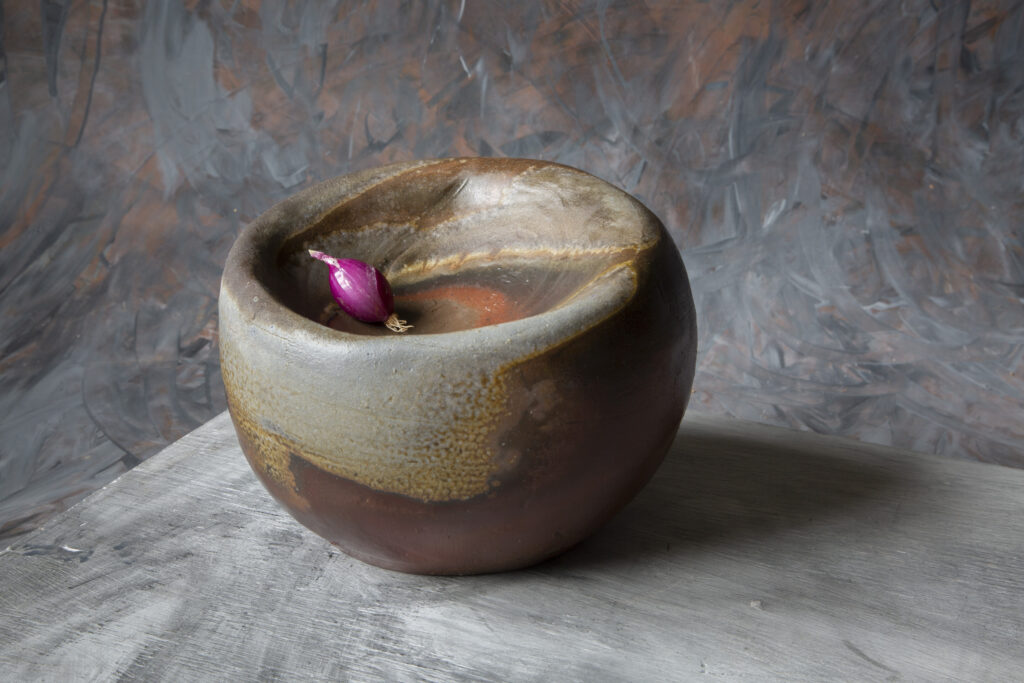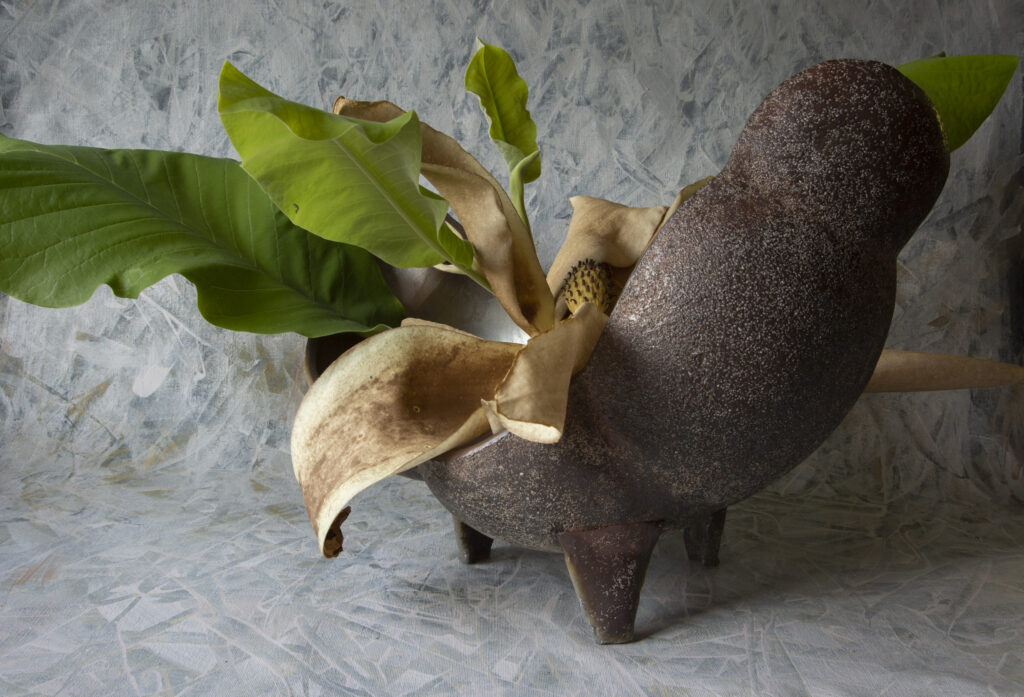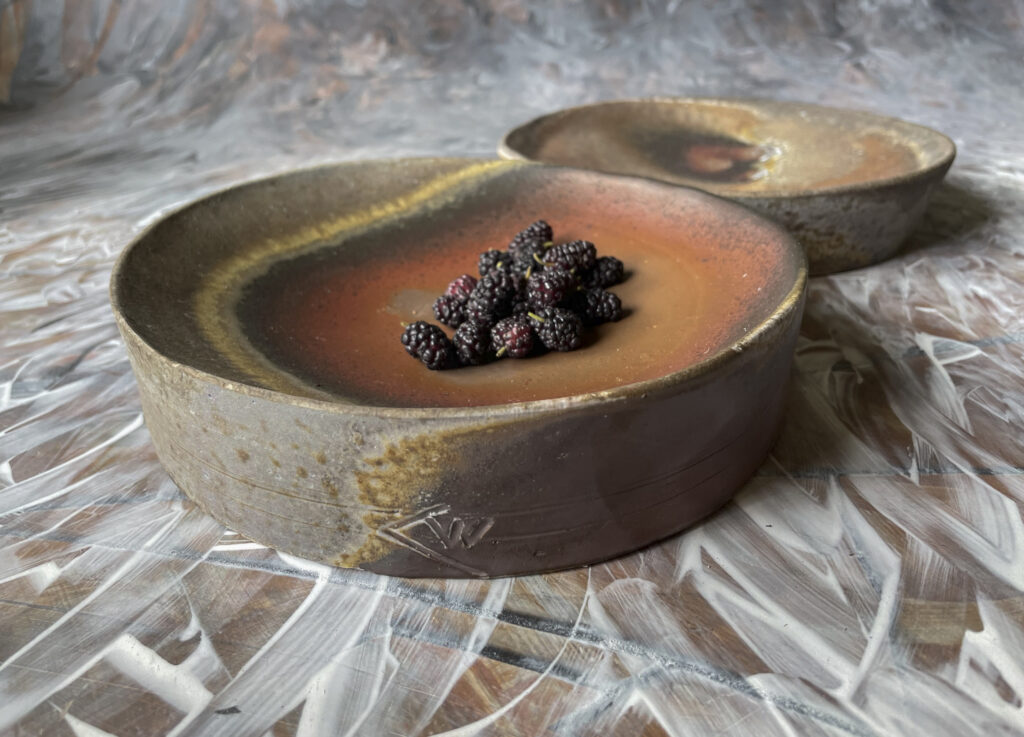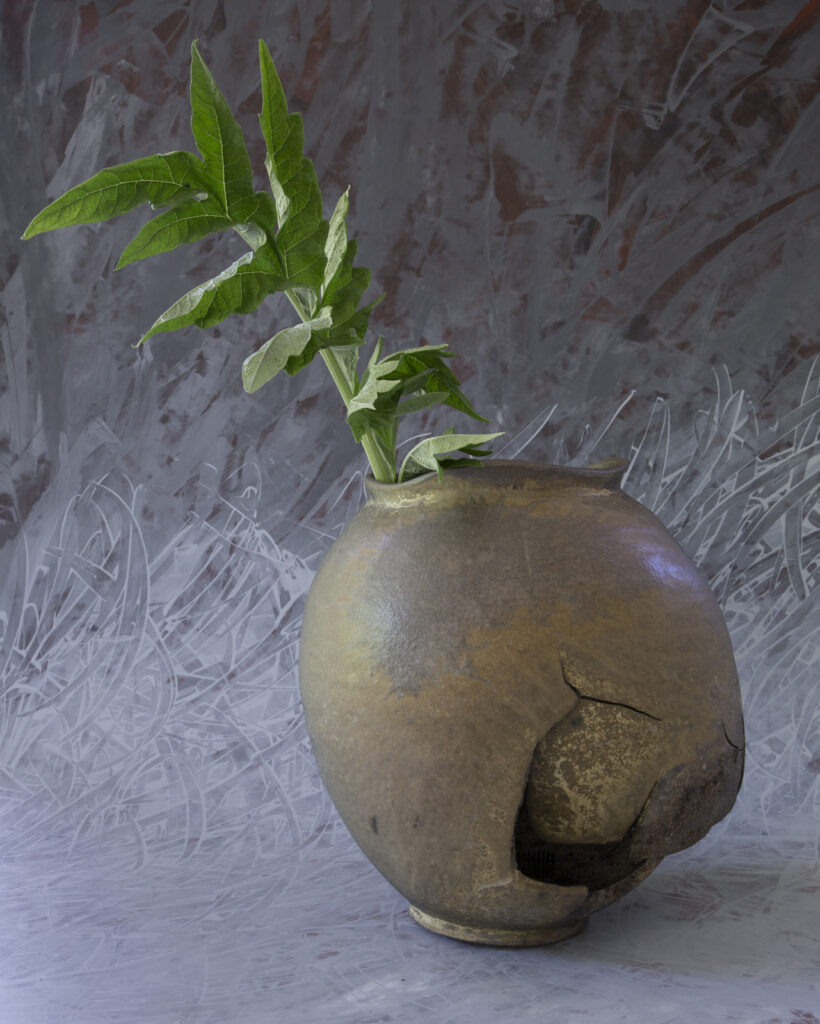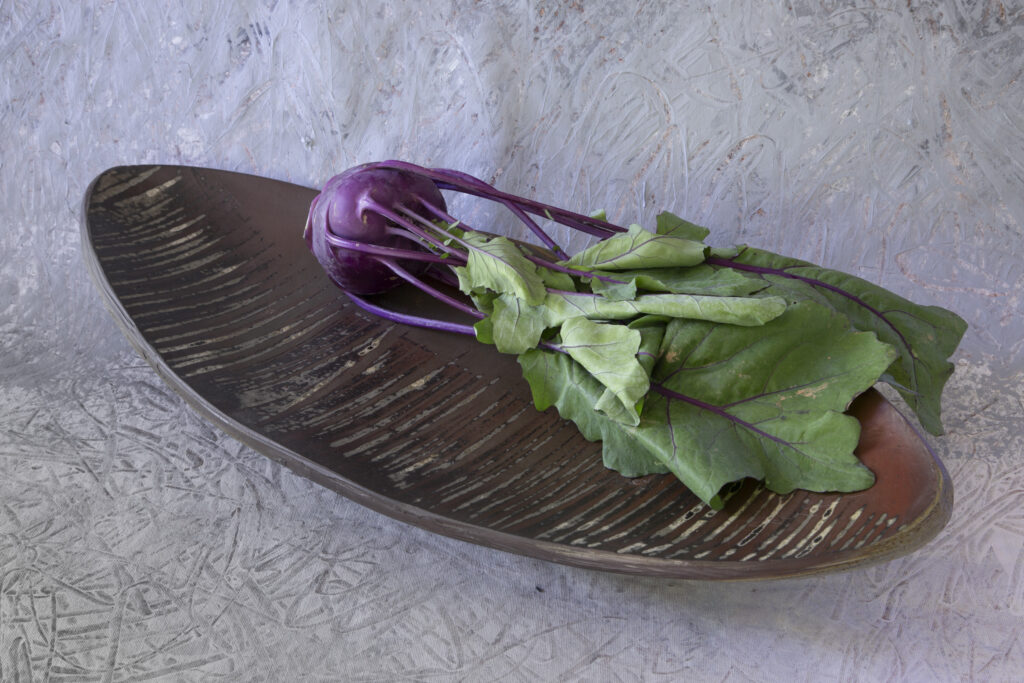Today is the summer solstice and the last image of this series. It is the longest day of the year here in the northern hemisphere. Warren and I always discuss what is the beginning of summer? Is it today, or was it Memorial Day, the end of one’s school year, or June 1st when the weather begins to warm. The solstice is a still point where we notice the nuance of the moment, remember other solstices, and the year’s cycle. We ponder the toasts we have made, the promises we kept or broke, the future of which we dream. We walked to the pond after dinner and talked of daylilies, the places we don’t mow, how the trees have grown, the grandchild sleeping in the house, and the porch door left ajar.
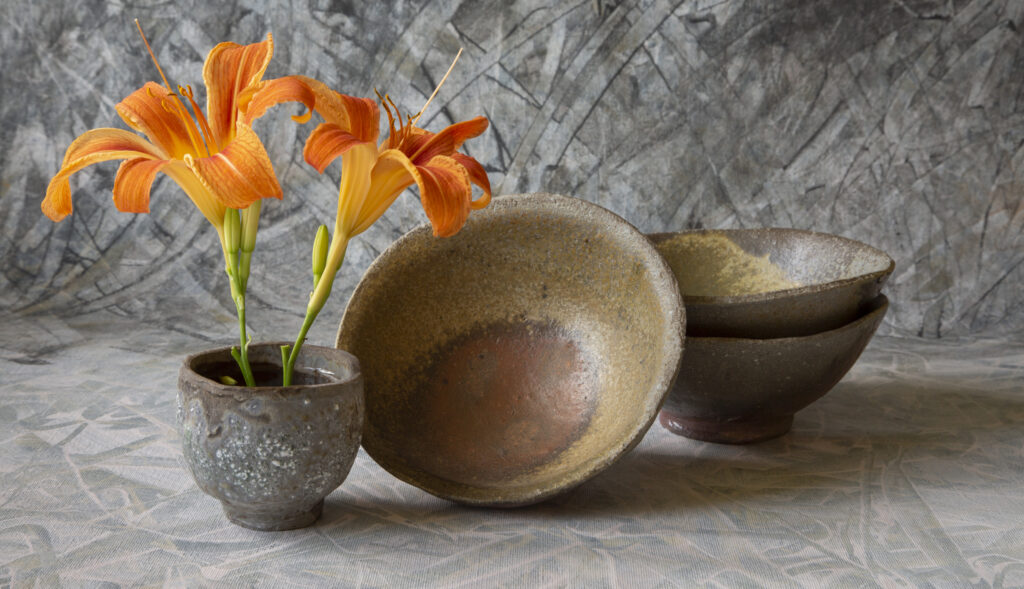
“This is the solstice, the still point of the sun, its cusp and midnight,
the year’s threshold and unlocking, where the past lets go of and becomes the future; the place of caught breath, the door of a vanished house left ajar.”
― Margaret Atwood, Morning in the Burned House, p.135, 2015, Houghton Mifflin Harcourt
